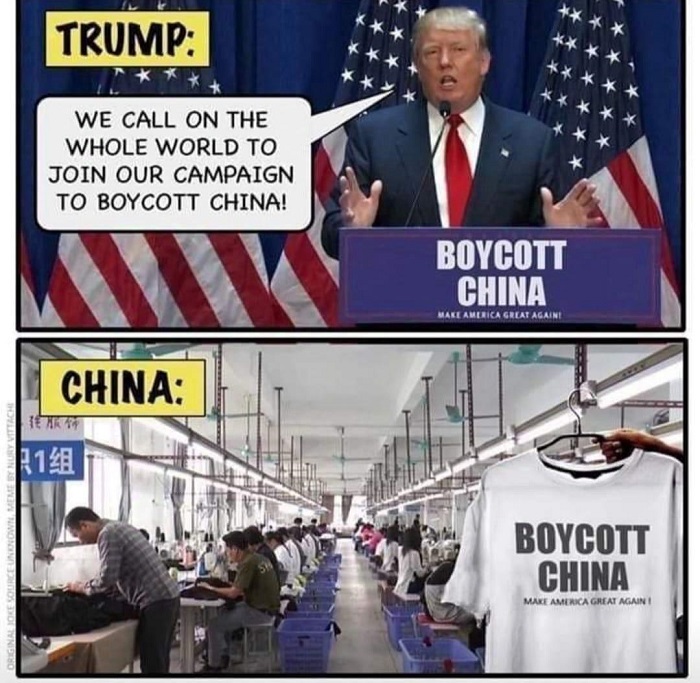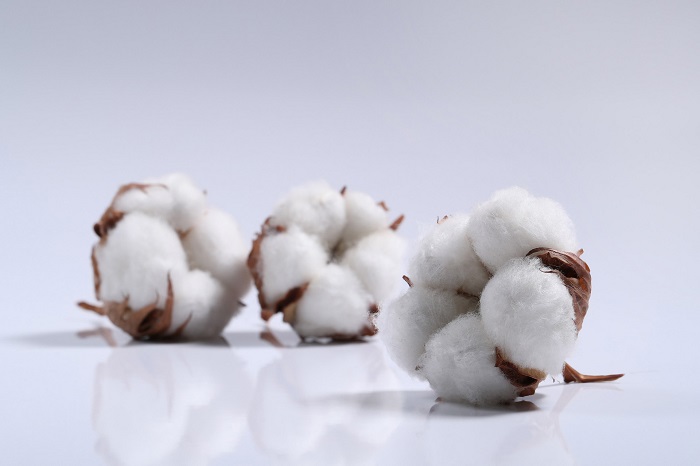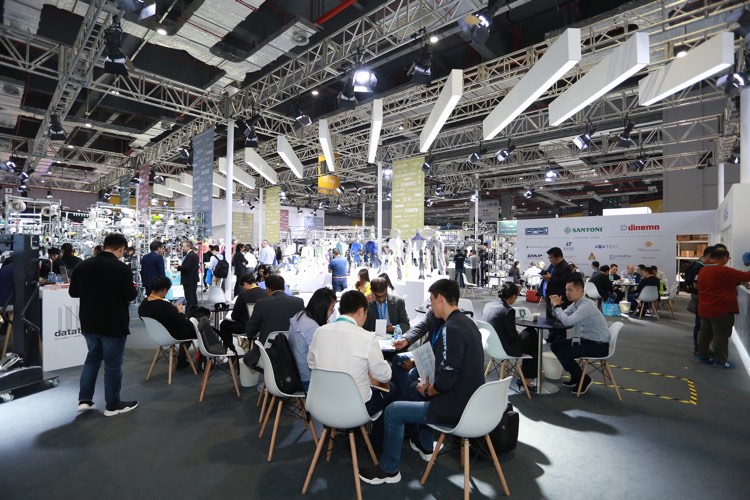FW
China's textile industry, after dominating global markets is losing its competitive edge as a result low-end operations are moving to emerging producers. Leo Yung, Director of Central Textiles (HK), feels that in the last two years, rapid expansion of textile investment in several developing countries has lead to oversupply, sparking fears of earnings and survival of many mills in Asia. Yung told the Australian Cotton Conference that China is losing in terms of costs to countries such as India, Bangladesh, and Vietnam. Many mills have been forced to switch from exports to domestic sales, which now comprise 79 per cent of production.
This comes after major migration of textile production from the US, Europe and Japan to developing countries such as China, India, Pakistan, and Bangladesh. More than 70 per cent of world cotton is now consumed in Asian countries. China dominates with 42 per cent share. However, Yuan feels many mills in China which are struggling and may even close down in a couple of years, especially the small ones doing export business.
Oversupply had depressed prices along the entire supply chain, hitting yarn prices in China, India and Pakistan. China was reeling from an 18 per cent rise in the value of its currency since 2005. Added to this is the higher costs of labour, fuel, electricity and chemicals, not to mention a cut in domestic tax rebates, official moves to slow the economy, and pollution curbs.
India and China together account for more than 50 per cent of global cotton production. In 2015-16, India is expected to surpass China as the world’s largest producer of cotton. So, India’s share of world production will come to 26.5 per cent. For China, 2015-16 production is forecast to decrease by 10 per cent. This will be the lowest since 2003-04. Its share of global production is forecast to fall to 24 per cent.
India is headed towards one of the best yields ever with over 108.67 lakh hectares of sowing completed by August 14. The country is likely to exceed cotton acreage of around 120 lakh hectares. If it rains in September, this could be one of the best yields ever.
China was the largest importer of Indian cotton over the last three years but has imported less fiber this year. This has affected Indian exports. Bangladesh has emerged as India’s biggest cotton buyer. India has sold around 60,000 bales of cotton to the country so far.
However, there is a feeling India’s output next year may not exceed the current year’s output because of the erratic monsoon and the possibility of pest attacks in some parts of the country.
Australia's wool production expected to decline by 4.3 per cent for the 2015-16 season. There is expected to be a reduction in the number of sheep shorn in 2015-16 after the ongoing high turn-off of sheep and lambs last season. At the same time, average fleece weights across Australia will be slightly lower than in 2014-15. Seasonal conditions are mixed but the fall in average fleece weights reflects difficult seasons in several regions of the country.
Shorn wool production for the 2014-15 season is expected to increase 1.8 per cent over the previous season. The overall increase in shorn wool production in 2014-15 is also a result of the improved fleece weights which partly offset the decline in the number of sheep shorn last season.
Some of the increase in wool tests, receivals and auction offerings late in the 2014-15 season is attributed to the release of on-farm stocks held over from previous seasons as well as the forward offering of wool held in brokers’ stores and earlier than usual deliveries of recently shorn wool in response to the spike in wool prices in May and June. For 2014-15 season, there has been a reduction in volumes of wool 17.5 microns and finer, but an increase in the volumes of 18 to 20 microns, 22 to 23 microns and broad wool.
Batik has developed into a unique form of textile art exclusive to Sri Lanka. Brought to Sri Lanka by the Dutch, at the turn of the 19th century, it originated as a primary art of fabric dyeing. Batik comes from the Java word meaning writing with wax.
In its purest form, batik is a method of decorating a piece of cloth by creating patterns on it with wax and coloring the rest of the cloth, creating a vibrant mosaic with colored and uncolored areas. It was originally a hobby of the royal classes and soon the skills of batik were introduced to artisans who developed tapestry, regional flags and traditional clothes of the aristocrats with batik fabrics.
Today, batik textile manufacturing in Sri Lanka is deep rooted in the local culture. A new generation of batik artists has been encouraged to create and experiment with new forms and techniques in batik, giving a local flavor to a global tradition. Made in silk and cotton, designed by leading fashion houses and produced by local batik producers in Sri Lanka, batik clothes fetch extremely high prices in local and global markets.
Designers are maximising the batik's use of vibrant colors in producing unique lamp shades, linen, tapestry and upholstery.
Pakistan's spinning and weaving sectors should work on their efficiency instead of asking the government for duty on imported yarn so that they can sell their expensive yarn in the local market, advice experts. Increased cost of doing business for spinners is an issue between them and the government, says Shahzad Azam Khan, former Chairman Pakistan Hosiery and Manufacturers Association. He urged them to pressurise the government to lower power rates and make remove duties on exports.
Khan argues Pakistani yarn is more expensive than imported yarn and, to stay competitive in the global market the value-added sector is forced to import yarn. Thus, the cost of apparel producers would rise if the government imposes more duty on yarn import and they would not be able to export. Khan added that the argument that the duty is refunded to exporters is invalid as all sorts of export refunds remain stuck with the FBR for years.
He further mentioned that when all other textile sectors experienced a decline in exports, only the apparel sector showed growth in recent months. Added duties on their inputs would make apparel manufacturers uncompetitive. This would make them suffer the same fate as that of spinners and weavers, said Khan.
Ejaz Khokar, Chairman Pakistan Readymade Garments Manufacturers and Exporters Association points out that the local apparel manufacturers always prefer to buy local inputs including yarn and fabric. However, domestically and globally, these two sectors have become uncompetitive.
Cocoon farmers in Tamil Nadu have been affected by the imports of silk from China. The earlier import duty of 40 per cent for silk from China has been brought down to 10 per cent. Fluctuations in price, non-availability of laborers, and an increase in input costs are posing a major threat to sericulture. The production cost of cocoon has gone up whereas the market rate has come down over the months.
Though sericulture is lucrative by nature, it faces various problems in cultivation and marketing. The success of sericulture is mainly based on proper and highly efficient marketing, which assures good prices to farmers. Efficient marketing helps in minimising wide fluctuations in cocoon prices. Fluctuations are due to variations in cocoon quality, absence of quality control, intervention of middlemen and poor marketing facilities.
The prices paid to cocoon farmers continue to hover around a narrow range, despite the award of prices to different grades of cocoons through bidding in an open auction. Increased production of mulberry cocoons can lead to an increase in foreign exchange earnings besides giving a larger employment opportunity to farm families, silk yarn reeling silk weavers and the like in the silk industry.
Bruce Atherley has been chosen the new executive director of Cotton Council International (CCI), the export promotions arm of the National Cotton Council of America. It was founded in 1956 and promotes US cotton through its global brand, Cotton USA. Based in Washington, and with a reach extending to more than 50 countries through 17 offices worldwide, CCI uses trade services and consumer promotion activities to increase exports of US cotton fiber, manufactured cotton goods, cotton seed and their products to Asia, Europe, Africa, and Central and South America.
Before joining CCI, Atherley served as VP, global marketing, Kao, a Tokyo-based global manufacturer of personal care and household products. He was president and general manager of Wrigley Canada. He has also been vice president of retail marketing, HJ Heinz. He holds accounting and management degrees.
New to the cotton industry, he brings an outstanding record of success in global marketing and management. His marketing career has established a track record of introducing brands and products into global markets in Asia, Latin America and Europe.
In India, CCI implements a Generic Cotton Education program, which strives to increase the demand among end consumers for products made from 100 per cent cotton, by addressing misperceptions about cotton and demonstrating its full potential through real world applications.
www.cottonusa.org/
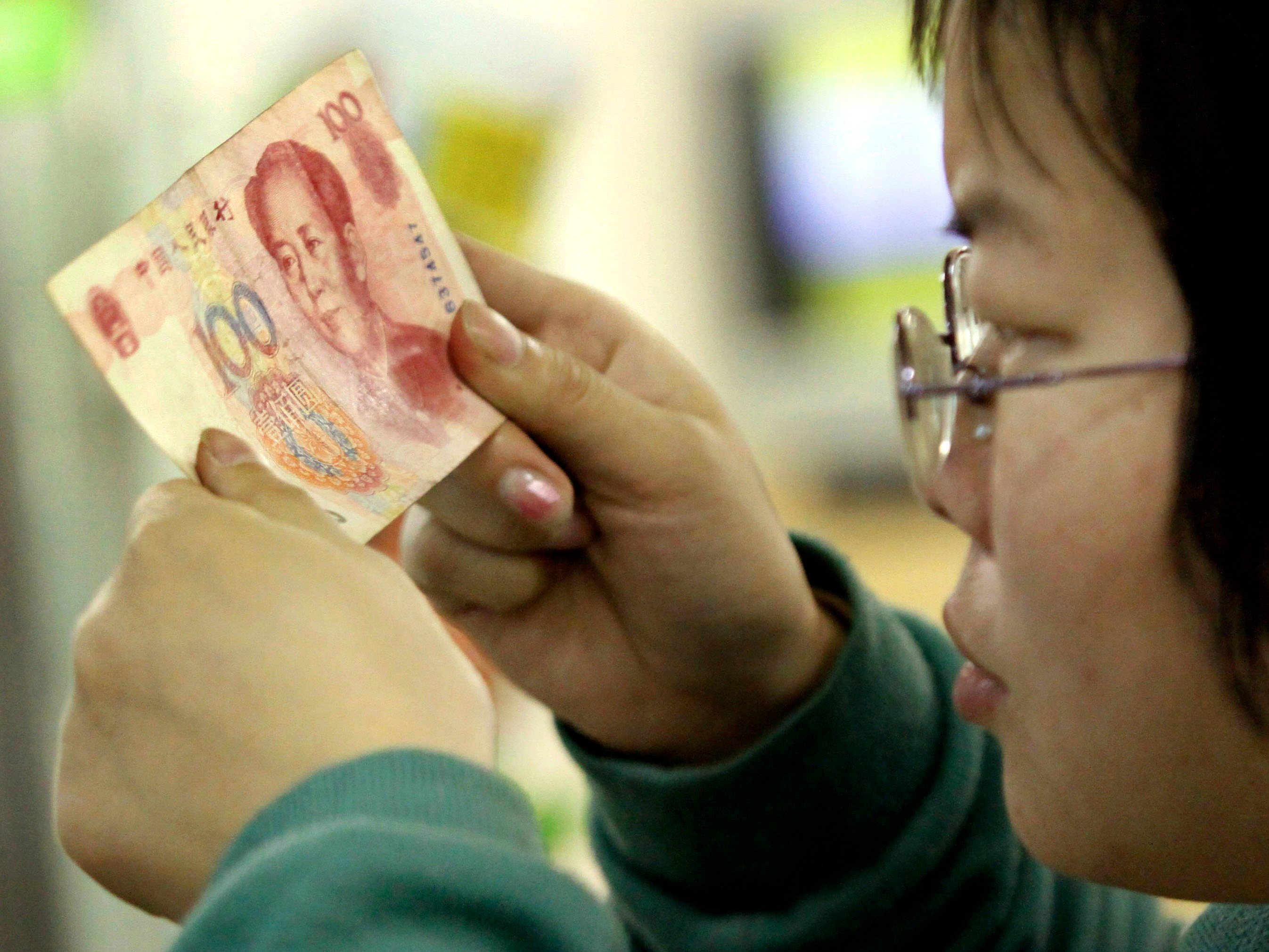
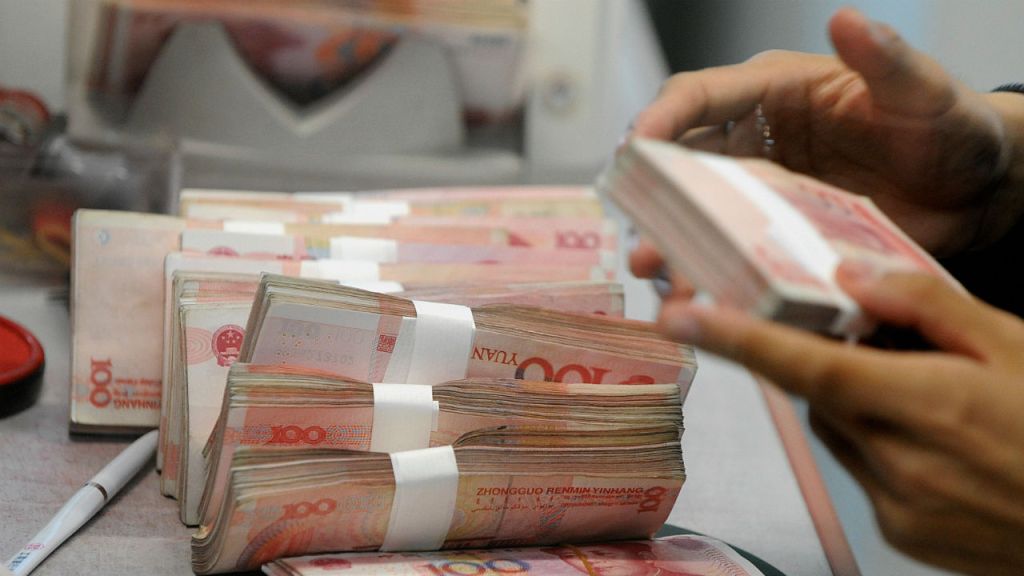
Due to this decision, local prices of textiles goods in China rolled over immediately, but in terms of the US$, they declined sharply making them cheaper in the international markets. For example, polyester staple fibre prices in the week ended August 14 were flat in Yuan terms from a week ago. They were down US cents 5 a kg or 5 per cent in the reference period. Similarly, polyester filament yarn prices were down US cents 5-8 a kg in a similar comparison. In concurrence, PSF and PFY prices were down US cents 3 in India unchanged in Pakistan.
A sudden shock
The devaluation has had a ripple affect on India as well as the country stands to lose on two counts: competition and pricing of high value-added products. India competes with China for exports in textile sector which could be hit. Also, if China's imports come down significantly since goods will be dearer for import, India would again take a beating. Or else, China may import low value-added items such as cotton or grey yarn or grey fabric from India and convert them into high value apparels. Thus, India’s exports will be hit since ‘Made in China’ will be cheaper than ‘Make in India’.
The sudden decision to devaluate China’s currency has sent shock waves through the textile markets. Therefore, the long-held and even complacent view, in terms of currency pairing has been upset that the RMB was set to rise with the US$.
For India, this devaluation is a big blow as rupee volatility will rise, exports will come under pressure. Also, the sharp devaluation in the RMB will help China dump its goods in India, feels Asscocham. This will impact domestic manufacturers.
How India will be affected?
Falling of the rupee would have helped domestic exports normally. These have contracted for seven months at straight till June 2015. Analysts though, are hoping that because of a global slowdown, there would not be a rise in domestic exports. Besides, India and China compete for several export items such as textiles, jewellery, gems, etc. This too will go against domestic exporters, feel analysts.
Experts point out that the large overlap between Indian and China in markets and also products, highlights the threat Indian exporters face from China. Moreover, according to analysts, China is among the top five countries for exports from India and the slowdown in China’s economy will have a negative affect.
China has been facing serious economic challenges such as speculation on the stock markets, slowing growth, rising labour cost, etc. The time when textile producers diverted cash flow into the market, instead of paying their raw material suppliers, was when the stock exchange burst happened. Stock values have eroded, which forced more into export market, this was the only option left, which could be brought over by devaluing the currency that China did.
Yiwu will be held in China from November 30 to December 3, 2015. This is an event for knitting and apparel industry. It provides a stage for international textile enterprises to search and experience the most advanced and comprehensive automatic knitting, garment-making, dyeing and finishing machinery.
The exhibition embeds several theme zones covering knitting and hosiery machinery, sewing and automatic garment machinery, and dyeing and finishing machinery and is a one-stop sourcing platform for knitting and clothing industries. It aims to provide better services to new and recurring exhibitors and buyers. This year, the themes are green and sustainable production, automation and transformation of the textile industry.
Finishing and printing machinery will be showcased by Cubotex, Flainox and Kornit Digital. Bullmer, New Jack and Shing Ray will demonstrate their sewing and garment machinery. Gold Fai, Jingda and Jiasheng will display their braiding and zipper making and logo printing machinery.
Santoni, Lonati Spa and Aurora will present their knitting and hosiery machinery. High end knitting spare parts and knitting needles will be presented by companies like Yamagen, Yantex, and more. Warp knitting and yarn manufacturing machinery will be on display at the stands of Chemtax and Zhejiang Yuejian.
www.yiwuen.com/yiwu-market
A grant of Rs 30 crores allotted under the Rashtriya Krishi Vikas Yojana (RKVY) for promoting cotton cultivation in Punjab was reportedly diverted for purchasing a chemical solution against the attack of white fly insect on the fiber crop. But there are protests that the insecticide purchased by the state agriculture department is costly, spurious, and ineffective against white fly. The main charge is that the Punjab government had diverted 64.7 per cent of the RKVY funds, while its Andhra Pradesh counterpart had used 98.5 per cent of the grant for the mandated purpose.
The opposition wants an official investigation into the supply of spurious pesticides. It wants issues facing growers of cotton, potato, sugarcane, and other crops to be addressed without delay. The Rashtriya Krishi Vikas Yojana was introduced in India’s eleventh five year plan. This was in 2007.
The scheme envisaged a four percentage yearly growth in agriculture and related divisions. It looks to offer states and union territories the independence to draw plans for developing agriculture through a knowledge of local conditions, geographical and weather patterns, obtainable natural assets, technology, cropping models. It offers guidance on boosting the yield of agriculture and related sectors and ultimately maximising profits of farmers.



